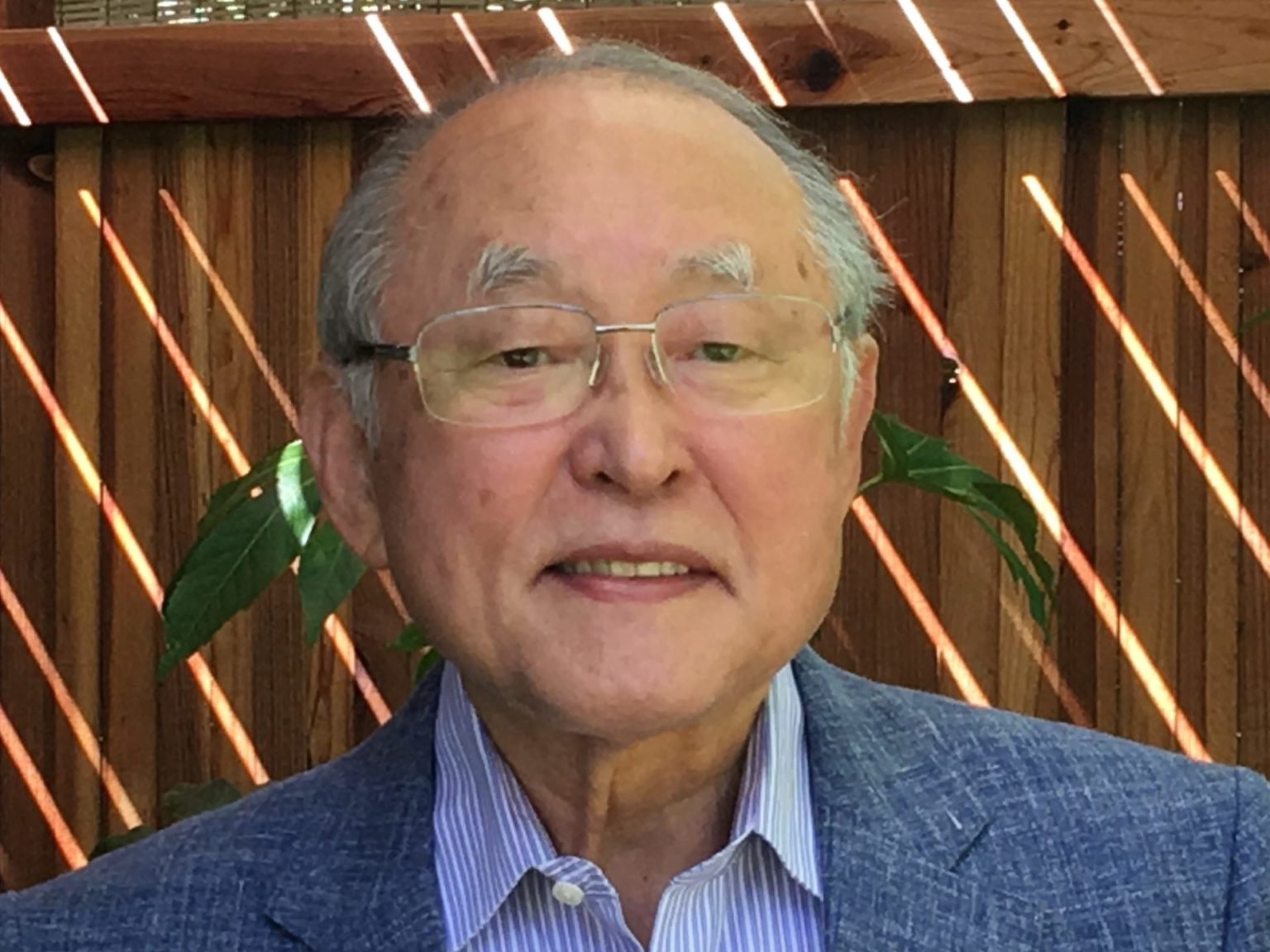2001: Takashi Asano, USA
When Professor Takashi Asano received the Stockholm Water Prize from the hands of HM King Carl XVI Gustaf of Sweden on August 16, 2001, it was a grand moment that honoured his life’s journey.

When Professor Takashi Asano received the Stockholm Water Prize from the hands of HM King Carl XVI Gustaf of Sweden on August 16, 2001, it was a grand moment that honoured his life’s journey.
The journey took him from his birthplace, the beautiful city of Sapporo on Japan’s northernmost island of Hokkaido, through the era-defining social and scientific moments of the 1960s in Berkeley, Calif., and onward to many noteworthy professional accomplishments in both government and academic service.
By the time of the award, Professor Asano had been engaged in both theoretical research and practical application in wastewater reclamation, recycling and reuse for over 20 years. The basic studies were made in the 1980s and 1990s and resulted in the safe use of reclaimed water and culminated in the California water recycling regulations and practices. These investigations formed a reference point for efficient use of water and most international projects and decrees within the water reuse discipline. Professor Asano used these original investigations for a world-wide promotion of the field: water reuse in agricultural and landscape irrigation, groundwater recharge, industries and environmental enhancement.
He also expanded the original investigations and adapted the concept in different developed and developing countries. His main achievement was as a promoter of the concept, taking into account the scientific base and a risk management approach presently existing and for the future in the complex world of technology, reliability, health protection and public acceptance. Substantial achievements by him included the microbial risk assessment concept, and expansion of this area within the field of wastewater reuse. In this, he and his co-workers combined virus-monitoring data with new approaches in reliability and expectation using statistical evaluations and simulation. The area is rapidly expanding as a policy and management tool.